Getting to and touring Istanbul. Continue reading
I do not remember how I discovered this cruise from Istanbul to Athens with stops in Lesbos, Kuşadası (Ephesus), Rhodes, and Santorini. The price was so low that I just could not pass it up. My recollection is that it was only $1,000 per person double occupancy, but maybe it was $1,500. It also included three nights at a very nice hotel in Istanbul and two nights in Athens.
Sometimes cruise lines had empty cabins that they would sell at the last minute for a deep discount to people who could travel with little notice. This could not have been one of those situations. I had time to check out a travel guidebook for Turkey from the library. In it I learned about camel wrestling, which I hoped to see in Turkey. I also had enough time to purchase Barron’s Mastering Greek at the local Barnes & Noble. It was a package of books and cassette tapes developed by the U.S. Foreign Service Institute. I entertained the fantasy that because of the ten semesters of classical Greek classes that I had taken in high school and college, I would be able to master modern Greek in a few weeks. I discovered that the grammar had not changed much, but the vocabulary was totally different. Phrases such as “early-born”, “rosy-fingered”, and “cloudgatherer” were not used much in the twentieth century. The worst discovery was that the pronunciation, especially the vowel sounds, was very different from what I was taught.
Sue agreed that we should sign up for the cruise. Our goal was simply to mix a lot of relaxation with a bit of the exotic. Did we check out the cruise line? Of course not. Why would we?
I cannot remember the name of the cruise line or the ship. I am pretty sure that the word “dolphin” was part of one or both of the names.1 I remember that when I checked a few years later the cruise line was out of business.
I also am uncertain of both the year and the month in which we traveled. My best guess is that it was 1992, but I may be wrong. My recollection is that the weather was pretty nice throughout the trip. Sue would have been very uncomfortable if we traveled in the summer. On the other hand, Denise Bessette was working fewer hours at TSI during the spring and fall because of her classes. I would feel much more comfortable knowing that she was in TSI’s office when we were abroad.
The plan was to fly from Newark to Frankfort on Lufthansa and then change to another Lufthansa flight to Istanbul. Our return flight was non-stop from Athens to JFK in Queens. I made sure that I obtained a frequent flyer number from Delta and for whichever airline Lufthansa was associated with. I think that it was United.
I was a little scared of us being on our own in Turkey. I don’t remember that I ever saw Midnight Express, but I had heard about it. I also learned from the guide book that over 99 percent of the inhabitants of Turkey were Muslim. This did not give me a warm and fuzzy feeling. Sue and I were not experienced international travelers. We had both been to England in 1990, and Sue had been to Amsterdam in the seventies, but neither of us had ever changed planes in a foreign country, and the whole idea of arriving in Istanbul, while thrilling, also provoked a little angst. It was not the third world, but it wasn’t London or Amsterdam either.
We used Erika Travel, our usual agent, to book the flight to Newark. At the time Continental offered a shuttle service from Bradley to Newark. Our plane left Bradley and arrived in Newark on time. We then took the tram to the international terminal. When we reached the front of the line at the Lufthansa ticket counter, it was a little more than an hour before the departure time. The agent told us, however, that it was too late to check in. Our seats had already been assigned to standby passengers. She was, however, able to book us on a British Airways flight to Heathrow with a connection to Istanbul. It would arrive less than an hour after the Lufthansa flight from Frankfort.2
There was still one major difficulty. Our luggage was in the Lufthansa section of the secure area. We had to wait for it to arrive at the British Airways ticketing area. The first step was for the bags to be located and placed on a cart. The cart then somehow needed to exit the secure area to a place where trucks were allowed. The truck then needed to circle around from the departure area to the arrival area to drop the bags off to us. It seemed very unlikely to me that all of this would work, but it did. We had just enough time to check our bags and board the British Airways flight.
This was a tremendous relief for me. I do not get stressed out over many things in life, but the idea of having to make connections “on the fly” from Newark, NJ, to Istanbul, Turkey, is the kind of scenario that usually only appears in my nightmares.
I don’t remember anything about the flight to London. We arrived early in the morning. We had no trouble finding our connection to Istanbul, and that flight arrived right on time. As soon as we got off of the plane, however, we knew that we were in a different sort of place. It seemed more like a second- or third-rate airport in the U.S. than a major international hub, and it felt old and unprofessional The most striking thing to me was a man wearing a suit seated at a card table. On the wall behind him was a cardboard sign: “Joker Rent-a-Car”.
All of our luggage arrived, and we had no difficulty with customs. Now came the part that worried me. We exited the baggage claim area into the main terminal. Hundreds of people were amassed behind a cordon. Many were screaming at passengers whom they recognized or thought that they recognized. We endured a minute or two of panic in this chaotic scene, but then we spotted a young man hold a sign emblazoned with the name of our cruise line. We headed his way and introduced ourselves. His list of passengers was sorted by airline and flight number. Since our scheduled flight had arrive earlier, it took him a while to locate our names.
A different person, who had been standing next to him, walked with us for perhaps fifty yards. At that point we were handed off to another person. In all, five or six different escorts accompanied us for short stretches to the bus. The last of these explained that jobs were plentiful in Turkey, but the pay was not very good.
The bus took Sue, me, and perhaps twenty other passengers to our hotel, which was modern and western. I seem to remember that it was a Conrad Hotel, but I may be wrong. We went up to our room and unpacked. Nothing was scheduled for this first day. I went out for a little walk, but the hotel was pretty much isolated from the rest of the city. Immediately upon my return to the room I collapsed on the bed and slept for several hours. I was exhausted from the stress and jet lag. It was the first time that I had experienced jet lag, and this was the worst cast that I can remember.
Sue and I may have eaten supper at the hotel. At the time the exchange rate was approximately 7,000 lira per dollar. So, the prices on the menu were rather startling. The locals, however, were generally more than happy to take dollars from tourists.
The vacation started in earnest the next day. It was never clear who employed the people arranging our tours of Istanbul. The cruise line probably contracted with one or more local touring companies. In general, the approach was to spend a small amount of time at a large number of places.
Buses took us to various tourist spots accompanied by a guide. Ours was a young woman who spoke perfect English and, unlike nearly all of the local woman whom we saw, wore no head scarf. She informed us about the Janissaries, Christian troops who protected the Sultan and guarded the harem (accent on the second syllable). She also told us about Mustafa Kemal Atatürk, the Turkish national hero who defeated the Allies in World War I at Gallipoli and the combined Greek and allied forces in the Turkish Civil War that ended in 1923. She called that later event “the miracle”. I also remember her telling us how proud she was that her country, while predominantly Muslim, had a secular democratic government with the objective of being open to Europe and the west.3 The military, of all things traditionally intervened in favor of democracy and secularism whenever the government tilted toward religious fundamentalism.
We also learned from her that the Turks tended to take vacations as extended families. Many who worked in the European part owned second houses on the Asian coast that were used as vacation dwellings by relatives. We saw some of these houses. I remember being surprised at how many of them had solar panels.
One thing that our guide did not attempt was to teach us a few words of Turkish—not hello, good-bye, please, thank you: nothing. Although a small portion of the residents of Istanbul spoke English, it was a good bet that nearly all of those people were the ones that we would encounter in our short stay.
I don’t remember the order in which we visited the sights. It surprises me that we were able to cram so many into only two days. We did not stay more than a couple of hours at any of them, and I don’t remember needing to wait in line anywhere.
We definitely visited the Sultan Ahmed Mosque, which is better known as the Blue Mosque. It was gigantic. The inside was decorated with tiles and windows and figures, but mostly it was just empty. I knew that because they were considered idolatry, there would be no statues or painting inside, but it still seemed awfully vacant. This approach has worked to inspire people for thirteen centuries; it is definitely not my place to criticize it. I am just saying that it seemed to work much better as a mosque than as a tourist attraction.
The outside of the Blue Mosque, however, was definitely impressive. In fact, the whole array of domes and minarets throughout the city was striking. The calls to prayer were likewise a reminder that we were intruders in an ancient culture. We enjoyed the experience. One of the primary purposes of this cruise was to broaden our horizons.
The luxurious Topkapi Palace was the Ottoman Sultan’s home before 1856. It was then turned into a government office building and subsequently a museum. Our tour did not include the harem (accent on second syllable), but we were told that we could arrange to come back and see it on our own if we wanted to do so.
I do not remember much about the experience. After we entered the building we were on our own without a guide. I have a vague recollection of some armor and weapons, some documents , and some jewelry. Nothing really caught my attention. At that point in my life I was only vaguely familiar with the historical context.
I was hoping that we would get to visit Hagia Sophia, the famous cathedral that was the centerpiece of the Eastern Church for centuries. After the fall of Constantinople to the Ottomans in 1453 it was turned into a mosque. The day that we were scheduled to go there it was closed for some reason.
Instead the bus let us off at a former Christian church that featured a collection of Byzantine mosaics. I think that it might have been the Chora Church. As I recall, we were all rather tightly jammed into the space at the entrance. The mosaics were on all sides of us, including above us. My neck bothered me for several days after this. At the time I was too much of a philistine to appreciate the artistry, but at least it was more interesting than looking at hundreds of identical tiles. No one knowledgeable was with us to explain the works.
The bus also dropped us off at the Grand Bazaar, an incredibly large covered marketplace. Inside were several thousand stores. Although they were all inside, and there were only a few points of entry,there were lots of actual streets. The stores sold all kinds of stuff, but most catered to tourists. My recollection is that about half of them sold rugs. There might have been price tags on some items, but, in fact, all prices were negotiable.
Sue enjoyed examining the knickknacks at some of the stores. She may have bought something; I don’t remember. I did not go in very far; I tried to keep an exit in sight at all times. It would be extremely easy to get lost there. That would be my idea of hell, being lost in the Grand Bazaar being passed from one rug salesman to another until they finally broke down my resistance. Then a different set of vendors could swoop like hyenas after a kill.
Many of the salesmen in the bazaar sat outside of their stores and aggressively tried to encourage people to stop in their stores. They could identify foreigners from their shoes. Most of our group were obviously Americans.
We visited a location outside of the city walls. I think that it was the Rumelihisan Fortress. I do not remember much about it. Sue stayed down at the ground level and took photos4 while I climbed around and took in the incredible view across the Bosphorus.
We attended a concert of Turkish military music; come to think of it, it might have been inside the fortress. The musicians were in the army, and they all had big mustaches. We were told that this was a tradition among the Turks. For some reason the mustaches were said to terrify their opponents. I guess that they worked sort of like the maize and blue winged helmets.
I don’t remember much about the music itself. It sounded nothing like anything with which I was familiar. I get annoyed by bad music rather easily; this performance did not bother me.
On one of the evenings the cruise line had arranged a private party for our group at a different hotel. Buses took us there, and we all took the elevator up to a room on one of the top floors. There were snacks and drinks and music. The big attraction was some authentic Turkish belly dancing by one of the very few blonde women whom we encountered anywhere in Turkey. We later were informed that she had learned her technique at a belly dancing school in New Jersey. It was a goof, but we had a pleasant time.
A group of us also went to what was apparently a high-end carpet store that was, as I recall, air conditioned. My recollection is that we sat in something that resembled bleachers The salesman was very polished. He provided us all with a beverage. I think that it was the extremely strong Turkish coffee. There may have been something else. Then helper after helper brought out rug after rug that each unrolled with one practiced snap. The salesman then explained the weaving techniques employed the people who had woven the rugs and what the advantages of each method was. The presentation was very professional.
At the end he described the process the store used to send the rugs to the homes of the purchasers regardless of where they lived. Most of the attendees succumbed to the lure of the performance, but Sue and I had no interest in buying a rug. As I recall, the seats and the cool air were the selling points for our attendance.
All the men in Istanbul seemed to smoke cigarettes. My guidebook said that most were chain smokers. They might extinguish their cigarettes while they were pumping gas, but that was about it. We saw advertisements everywhere for Lucky Strike and Camel cigarettes. We were told that many Turks preferred American cigarettes They were considered healthier because the taste was not as strong.
I proudly called to mind the old American commercials that showed actors dressed as doctors endorsing various brands of cigarettes. No product was as profitable as an addictive drug. Tobacco was the best one because it took decades to kill their customers.
We saw countless taxi drivers in the European part of Istanbul. All of them were men, and they all seemed to have mustaches. They held their cigarettes between two fingers on the right hand as it perched perched on the steering wheel.
We were encouraged to venture out into the city on our own. The guide told us that there was very little crime in the city. The method of transportation preferred by the locals was in little vans that were available at designated locations. There did not seem to be a schedule. The van depart only when it was full. I don’t know how one transferred from one van to another. We never tried this.
On one of the mornings Sue and I got adventurous and walked to a little market near the hotel. We bought a loaf or two of bread and some jam or something. The whole thing cost less than a dollar, and we made a nice little breakfast out of it.
The cruise line arranged for all of us to cross the Bosphorus to the Asian side on a ferry. We stayed there only long enough to enjoy a wonderful home-cooked lunch at a restaurant there. I don’t remember exactly what was served. I think that they offered eight or ten dishes, and we were allowed to sample the ones that interested us. It was the first time that Sue and I had ever been in Asia.
On one other occasion our group ate at a restaurant that catered to business people. They were all seated near a large window far from the entrance. The proprietor seated as far away from them as possible because the air in their section was thick with cigarette smoke. As I recall, the food was quite good, but pricey by Turkish standards.
Our most memorable time in Istanbul was the last evening. I decided that we should go out and try a local restaurant on our own that I had noticed near the hotel. It had decals for Visa and MasterCard affixed to the door.
Sue and I walked there, went in, and asked in English supplemented by gestures for a table in the non-smoking section. Someone escorted us upstairs to an area with eight or ten tables. We immediately noticed the white tablecloths that were decorated with small holes—cigarette burns. I seem to remember that the waiter also brought a fan over to blow on us. It must have been warm up there.
We both ordered fish and some side dishes that I don’t remember. The fish came with head and bones. After we had consumed what we could we each took a photo of the other as we held the fish skeleton beside our heads.
When the bill was presented, I gave my credit card to the waiter. He took it and was gone for a few minutes. He returned with the card and stammered for a few seconds before saying, “No sleeps. No sleeps.”
He meant that the restaurant had supposedly exhausted its supply of credit card slips. I suspect that the Visa and MasterCard stickers had not been valid for some time.
So, I paid with dollars. He brought back our change in liras. I explained that we were leaving the next morning, and could not use liras. He took back the liras. He was gone for five or ten minutes before he returned with the change in dollars. I suspect that he had to get it from a friend or relative.
Sue and I enjoyed this experience. There was something joyful about interacting successfully with someone from a totally different culture. They did things differently in Turkey, but in our experience they generally got them done.
The cruise itself, the days on the Greek mainland, and the return trip are described in Part 2, which can be read here.
1. Dolphin Cruise Line, which was sold to Premier Cruise Line in 1997, owned and operated a ship called the Dolphin IV. It was definitely sailing in the early nineties, but I was unable to verify that it sailed the Aegean.
2. This turned out to be a real bonanza. We were not charged anything for transferring our reservations to British Airways. In fact, Lufthansa took down our address and sent us a check for several hundred dollars to cover the inconvenience. Flying was a lot different in those days.
3. I remember thinking about our young guide in 2014 when Recep Tayyip Erdoğan’s Justice and Development Party was elected and began moving the country away from this secular and democratic approach. In 2021 secular Turkey is only a dim memory.
4. I have not been able to locate any of Sue’s photos of this trip. The only photos that I took were with Sue’s camera.

 1992 Cruising Tour of Turkey and Greece: Part 1
1992 Cruising Tour of Turkey and Greece: Part 1
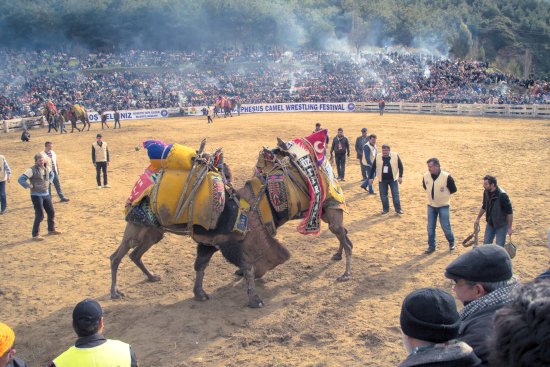

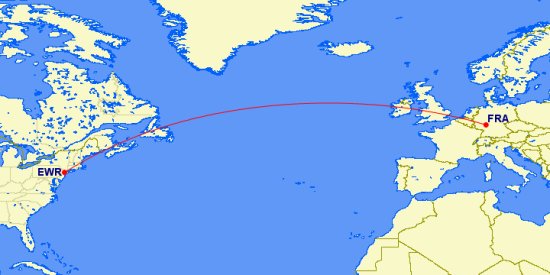


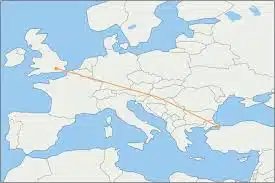
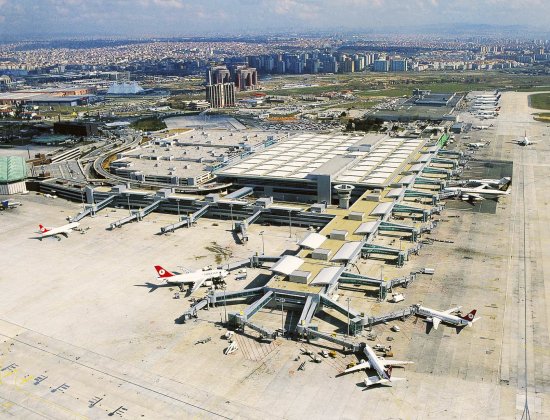
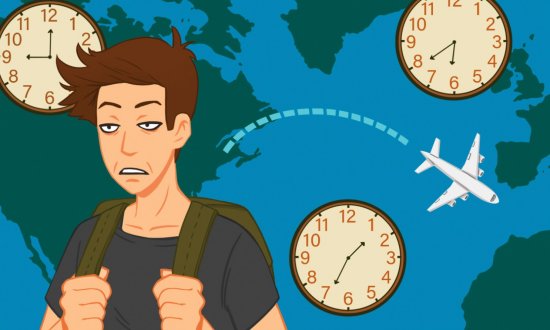
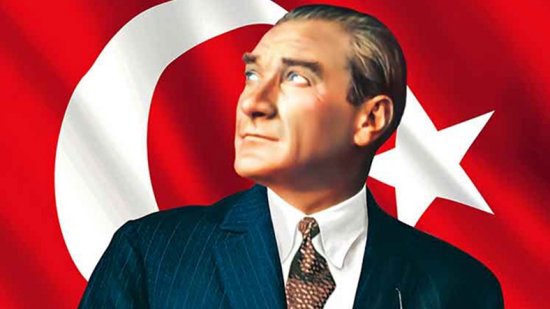
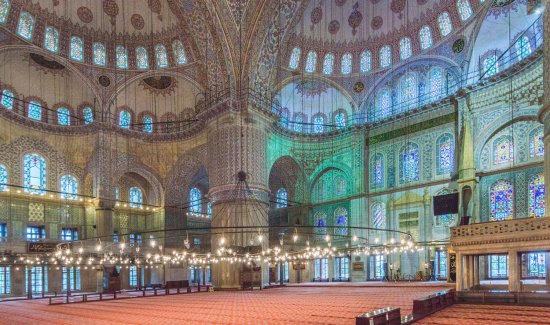
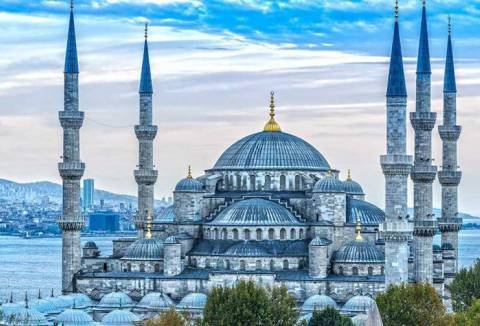
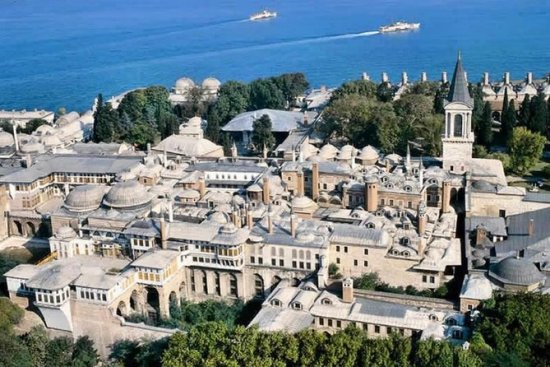
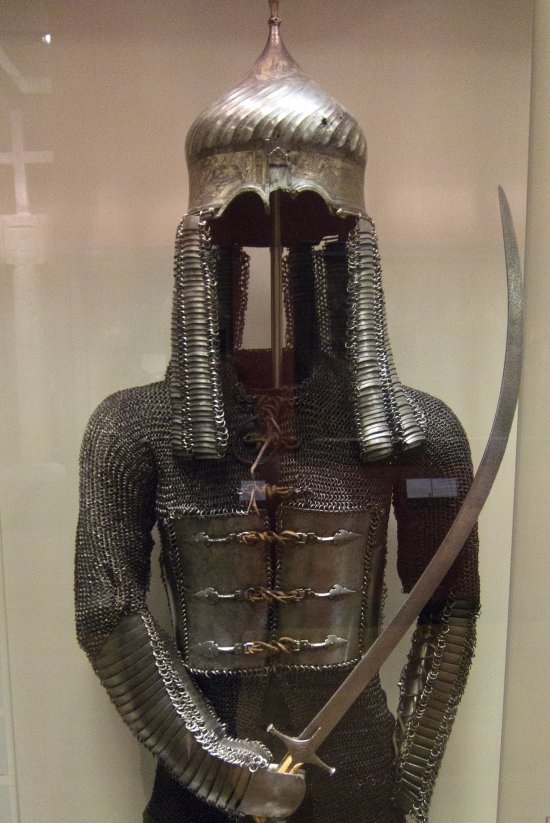
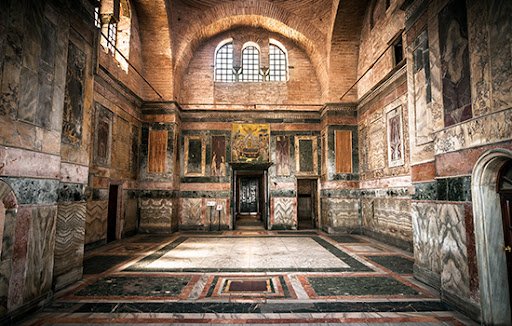

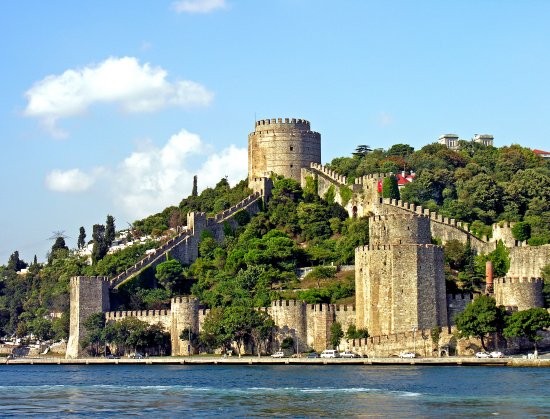
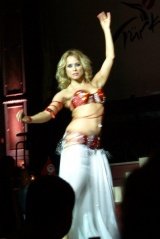
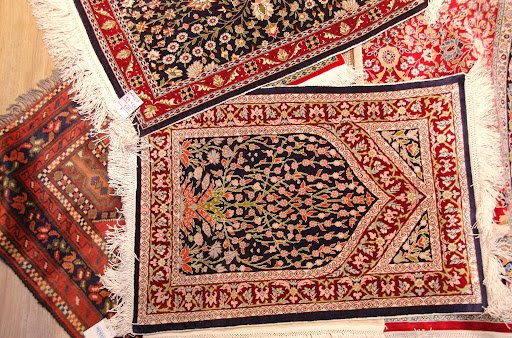
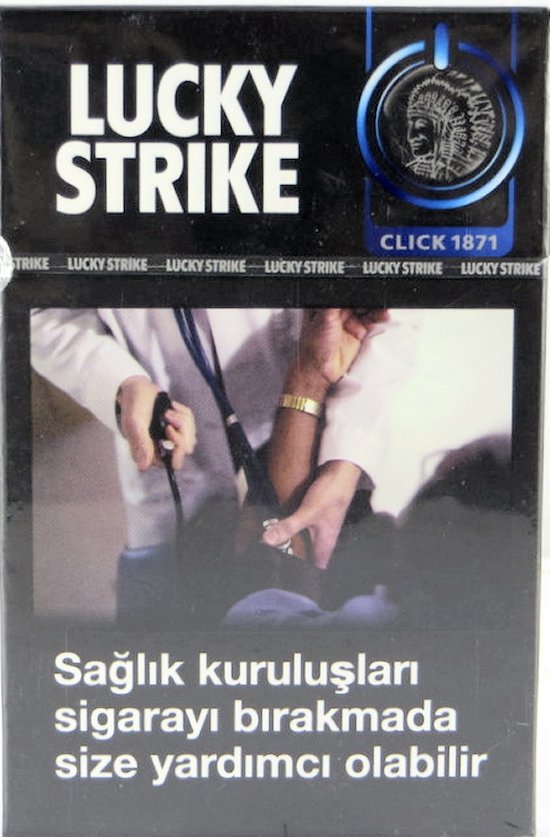
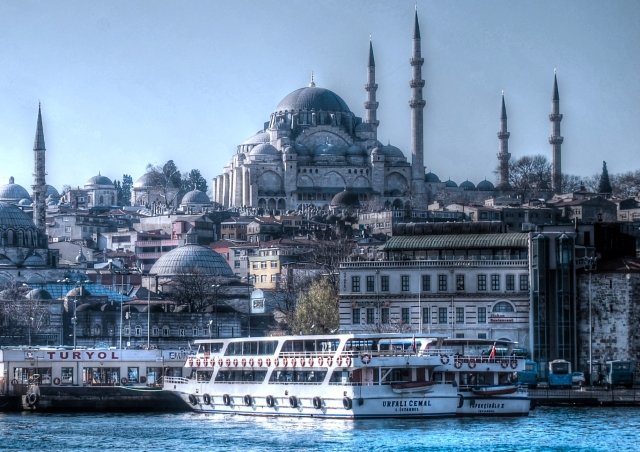

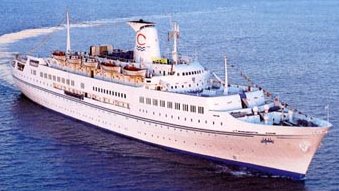
Pingback: 1988-1994 Living in Enfield | Wavablog